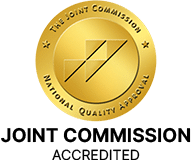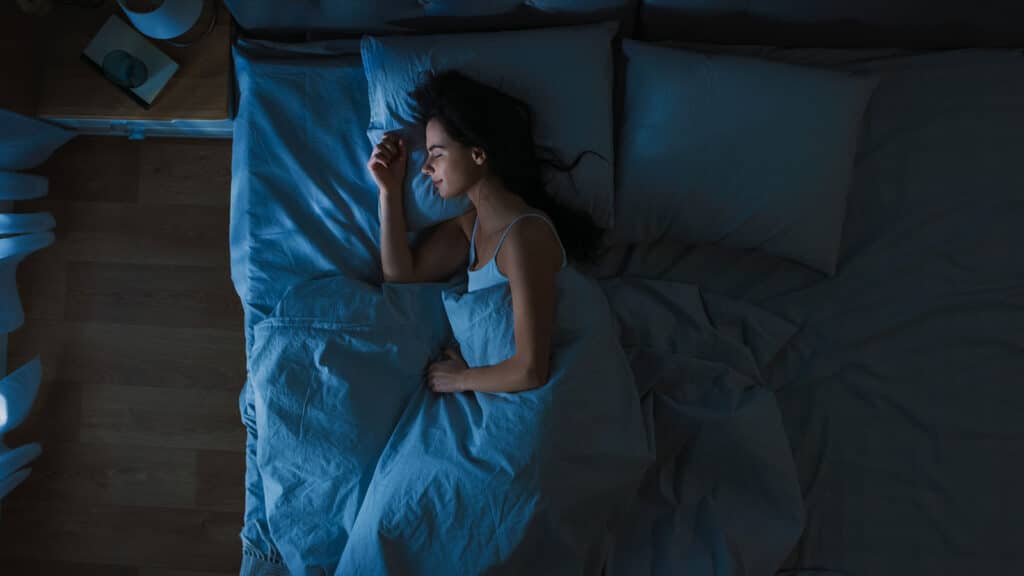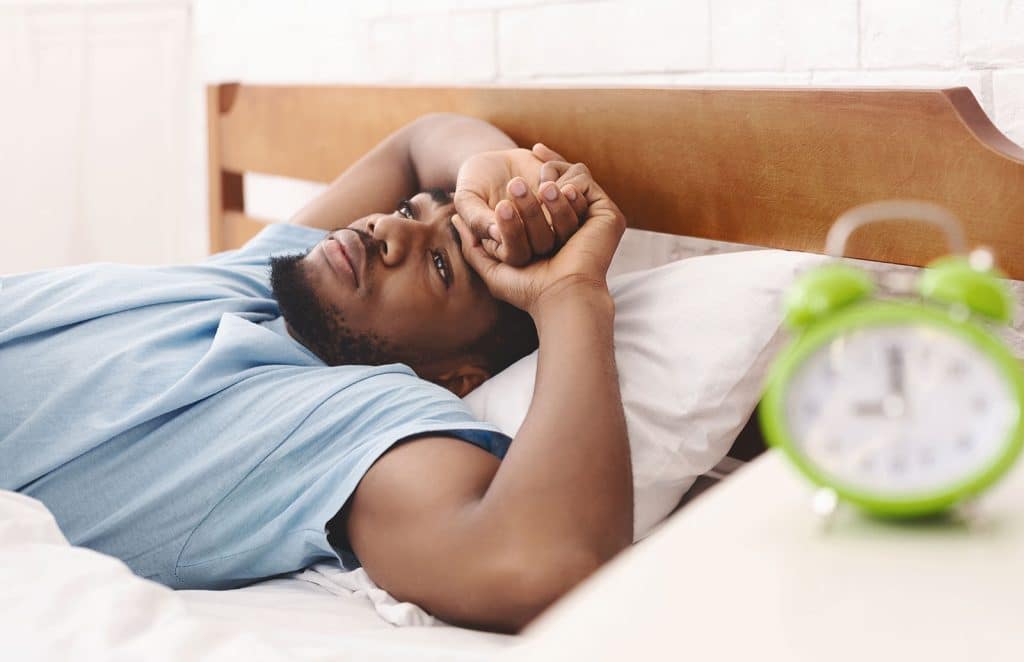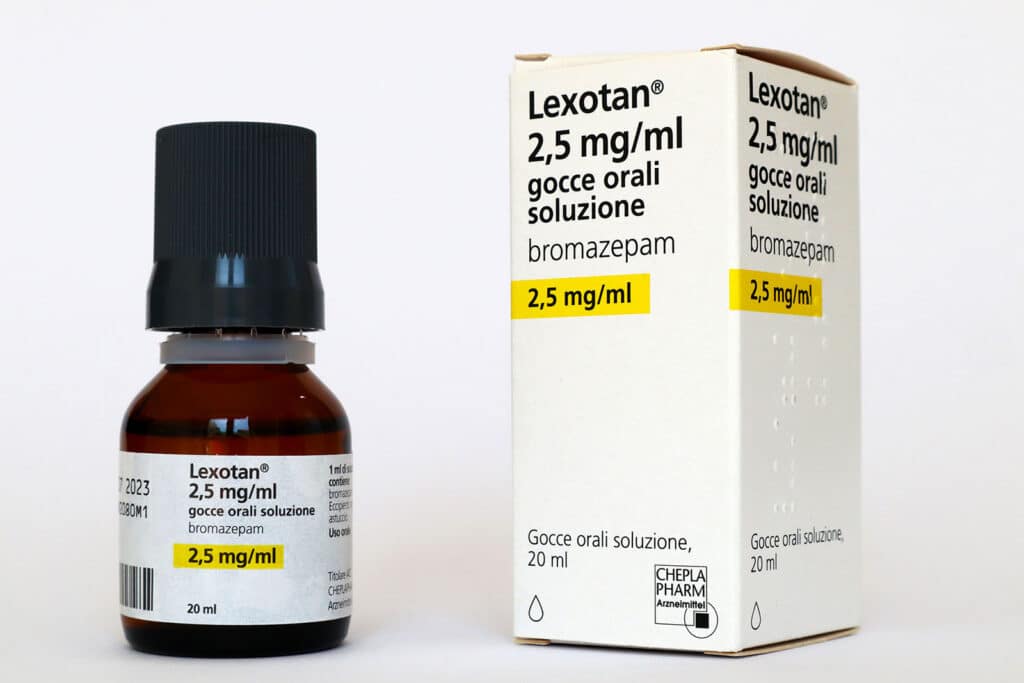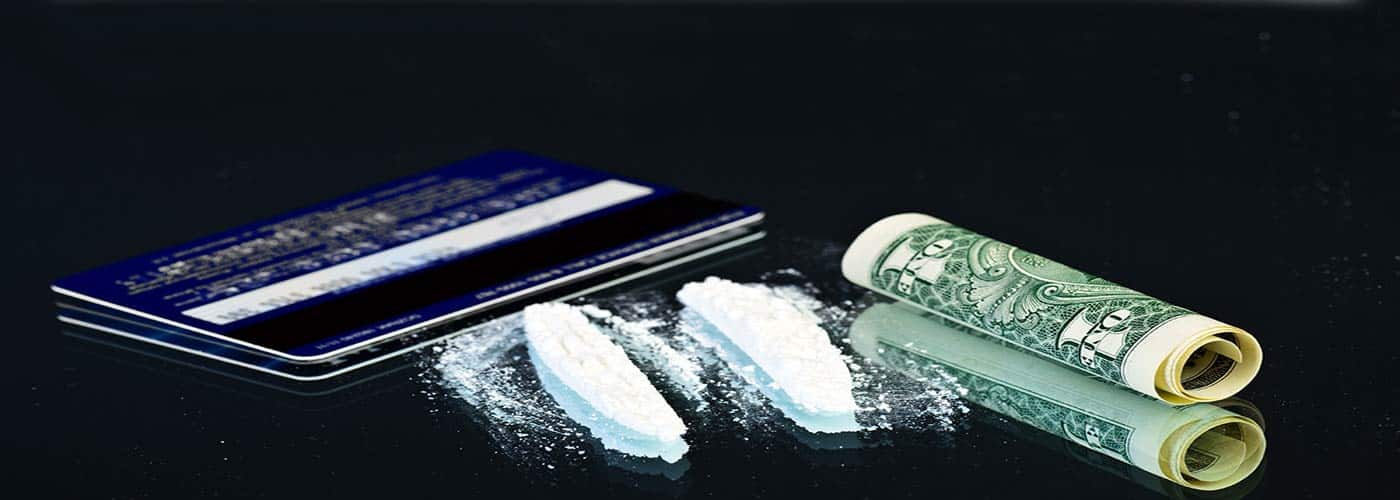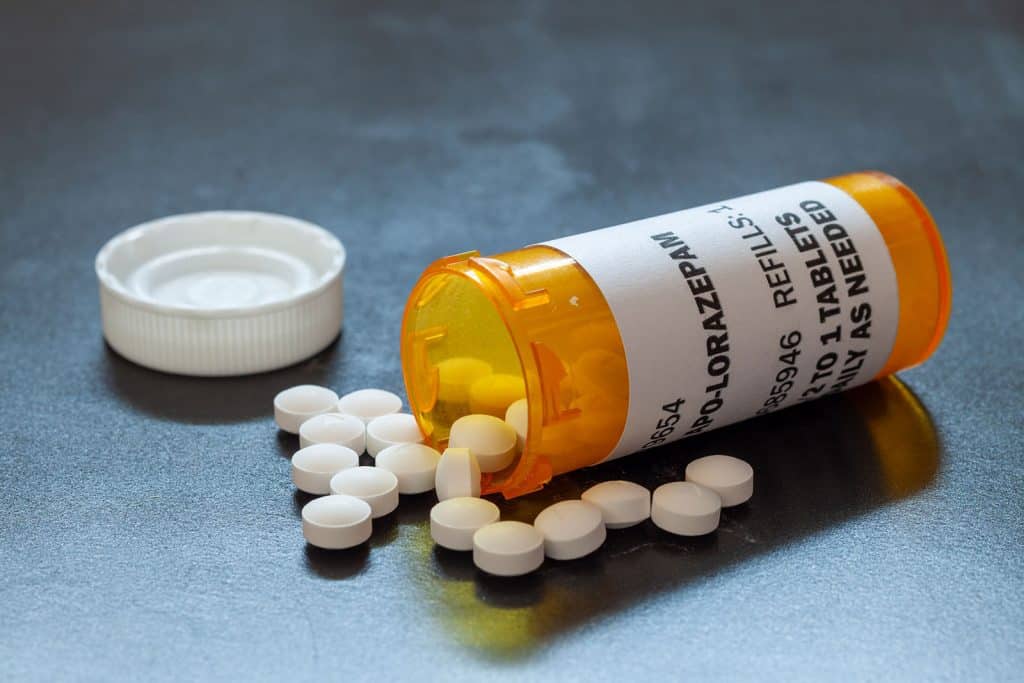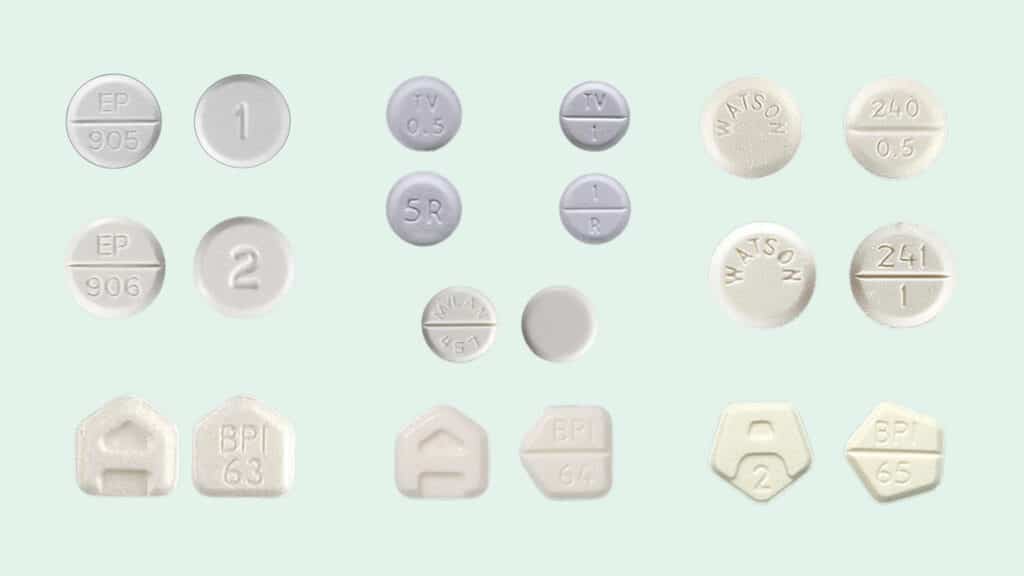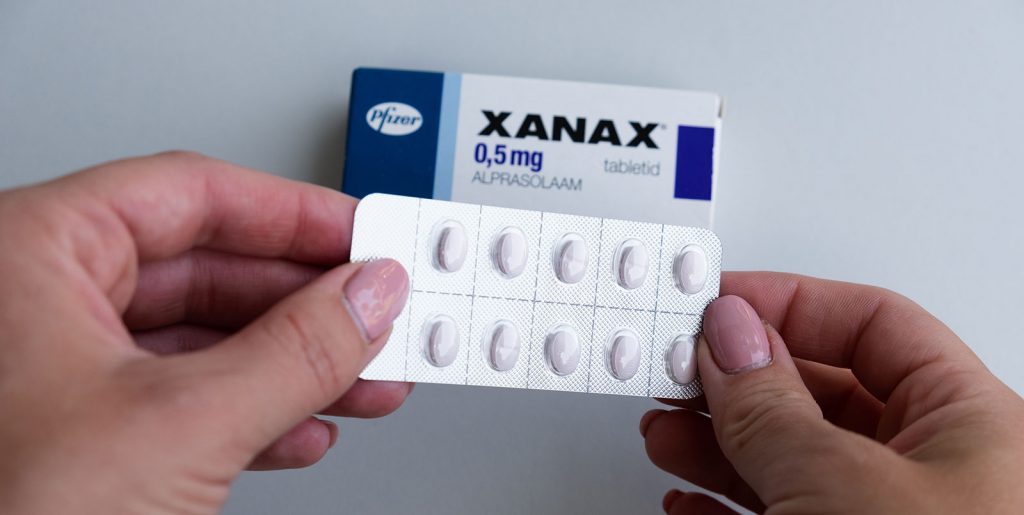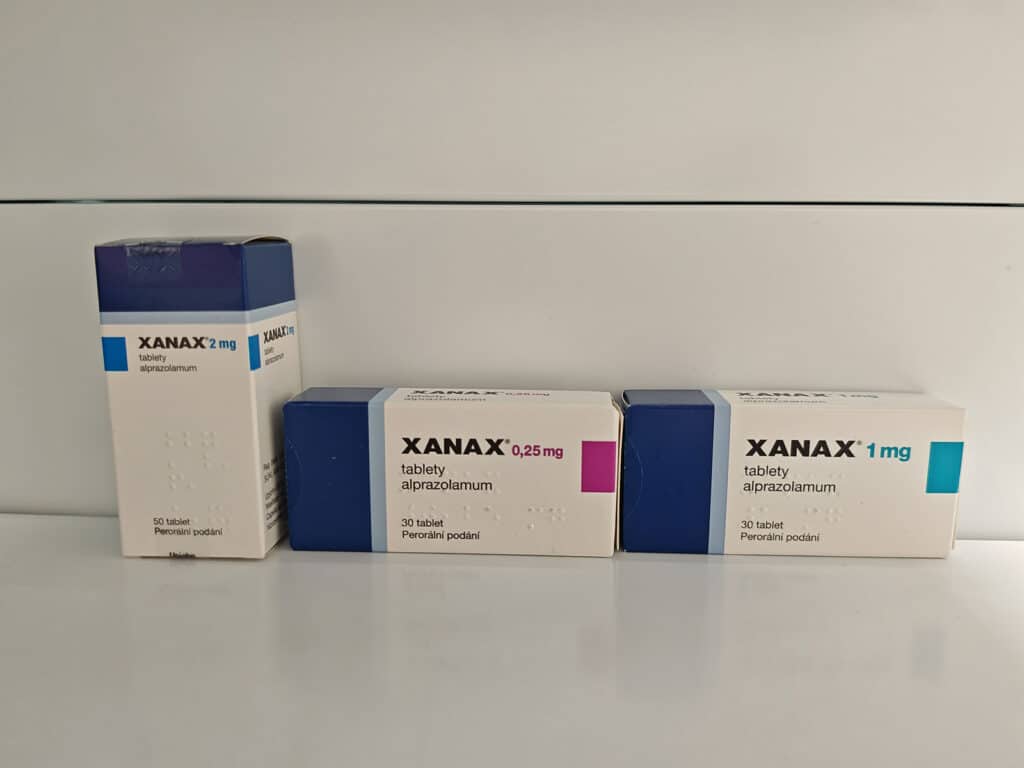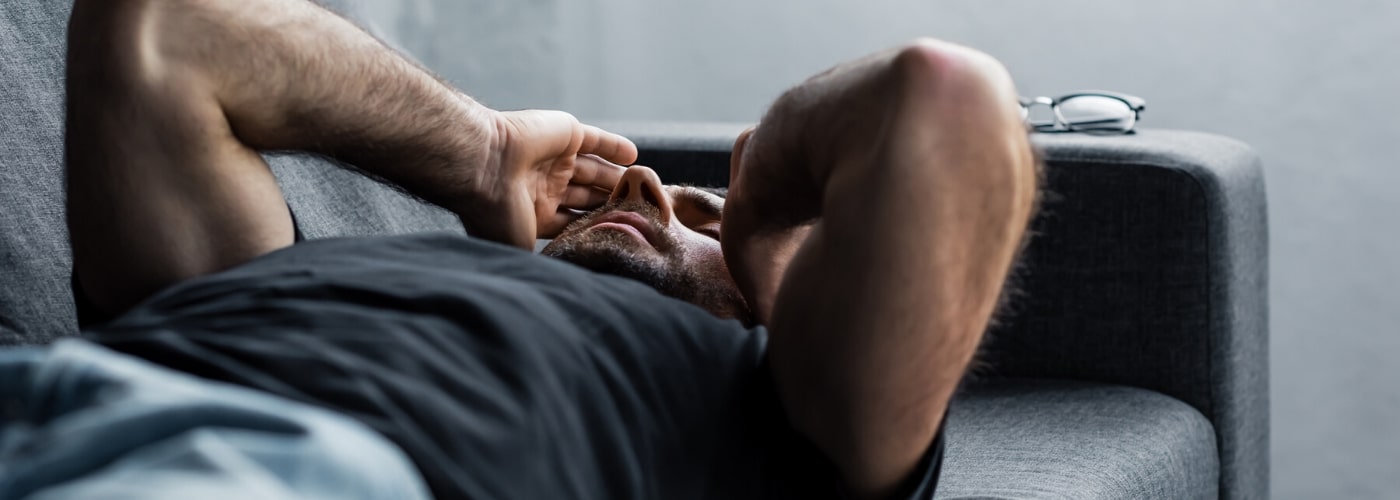Anxiety disorders are the most common mental health condition in the United States, affecting roughly 14 million men and women over 18. The majority of people who struggle with anxiety suffer from moderate or mild generalized anxiety, though many other varieties — including social anxiety and panic disorder. Most people experience a touch of anxiety on occasion, usually based on their current circumstances.
However, once the circumstance or situation resolves, the anxiety subsides, continuing with their day-to-day life. Unfortunately, for people struggling with a diagnosable anxiety disorder, this panicked feeling never goes away, and over time it becomes entirely crippling. Therefore, if a person is diagnosed with any type of anxiety disorder, they are often treated with a combination of intensive psychotherapy and anti-anxiety medication.
Anti-Anxiety Medications
Also known as benzodiazepines, include brand-name drugs like Xanax, Klonopin, and Valium. Because these drugs can be extremely habit-forming when taken for an extended period. They are generally only prescribed to be taken short-term, like at the onset of a panic attack. But which anxiety medication is the strongest, and which is the most commonly abused?

The Strongest Anxiety Medications
The strongest type of anxiety medication currently available is benzodiazepines, more specifically Xanax. It is important to note that benzodiazepines are not the only medication used to treat anxiety; however, they are the most potent and habit-forming. Other types of medication commonly used to treat anxiety include:
- Beta-blockers.
- Antidepressants.
- Tricyclic antidepressants.
- Selective serotonin reuptake inhibitors.
- Serotonin-norepinephrine reuptake inhibitors.
- Anticonvulsant medications.
- Mild tranquilizers.
If a person wants to stay away from prescription medications completely, some over-the-counter medications can help alleviate the symptoms of an anxiety attack. For example, a person might take acetaminophen with diphenhydramine, something along the lines of Advil PM. However, it is never recommended to self-medicate a disorder of any kind. Doing so can be extremely dangerous.
Dual Diagnosis Disorders
Many people who struggle with anxiety disorders simultaneously struggle with substance abuse and dependence. This is known as a dual diagnosis disorder. Dual diagnosis disorders can develop in three distinct ways. First of all, the risk factors for both disorders (anxiety and addiction) tend to overlap.
These risk factors include genetic predisposition, upbringing, and environmental factors. Secondly, someone with an untreated anxiety disorder might be inclined to self-medicate symptoms with alcohol or drugs. Finally, certain drugs can lead to the development of anxiety disorders.
Garden State Treatment Center and Benzodiazepine Addiction Recovery
At Garden State Treatment Center, we understand just how difficult it can be to admit you have a prescription drug problem to yourself, let alone to other people. Rest assured that every one of our admissions counselors has either been through addiction themselves and come out the other side or has helped a family member or close friend through the process.
We will help you with no judgment – with nothing but compassion and understanding. As soon as you decide to contact us, we will begin developing a plan that involves how you will get the treatment you need as quickly as possible.
Get On The Path Of Recovery From Benzo Dependence
We believe that quality clinical care should be readily available to everyone who needs it, especially those struggling with a drug addiction that can be fatal, like a benzodiazepine addiction. Many people mistakenly believe that because a knowledgeable professional prescribes prescription drugs, they are always safe to use. While they are typically safe to use when they’re used as directed, if they are abused, they can lead to a range of serious issues like physical dependence, overdose, and fatality. Call us today to receive the addiction treatment you both need and deserve.
FAQ
What is the strongest anti-anxiety medication?
How can anxiety treatment in New Jersey help individuals dealing with both anxiety and addiction?
Published on: 2021-08-25
Updated on: 2025-01-01


